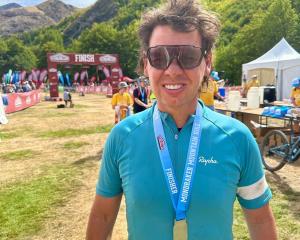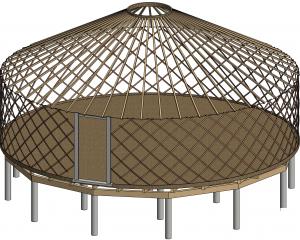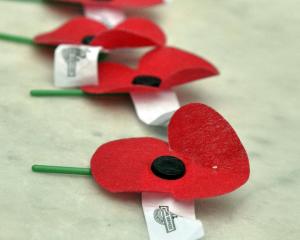The red jet-boat has gone from single engine when it began commercial rides in 1970, to twin-set engines in 2001, and by Christmas the company will boast a fleet of seven Mercruiser 350 V8 engines.
The company has taken steps, including looking at throttle and fuel use and driver actions, to ensure the new boats are environmentally friendly.
Maintenance manager Brett Dingle said the seven jets used on the river together used on average 550,000 litres a year in fuel.
The company wanted to cut that by 10%, meaning a saving of 50,000 litres.
"Anything we can save there can help," Mr Dingle said.
The new throttle meant drivers would have to push down harder to get the last 20% of power out of the engine and would only need to do so in emergencies or in rougher currents, saving 5% in fuel use.
This was because with the new engines came extra horsepower the commercial rides did not actually need.
Changes have also been made to the driver and passenger seats. The old style benches have been replaced with individually cushioned seats.
Mr Dingle said that was a tough decision as Shotover did not want to detract from the experience but wanted to enhance passenger comfort and safety.
Each driver cost up to $40,000 to train, he said.
The biggest saving came from the new engine.
Mr Dingle said without any changes they would save 8%-10% of fuel per trip. The new engines could use 95 octane fuel rather than 98 octane, which all had to be carried by truck from Christchurch.
Company drivers had been put under the microscope as many of the newly trained drivers "like to use the throttle a lot more", Mr Dingle said. The difference in fuel use for a new and seasoned driver was 42-43 litres per trip and 34-35 litres per trip respectively.
Ngai Tahu Tourism regional manager David Kennedy said cameras had been added at the front and back of the boat to film a high-definition DVD which passengers could purchase at the end of the trip.
The Dart River Safari Jet company, also owned by Ngai Tahu tourism, would make similar changes when its fleet of jet-boats neared the end of their lifespan, Mr Kennedy said.











